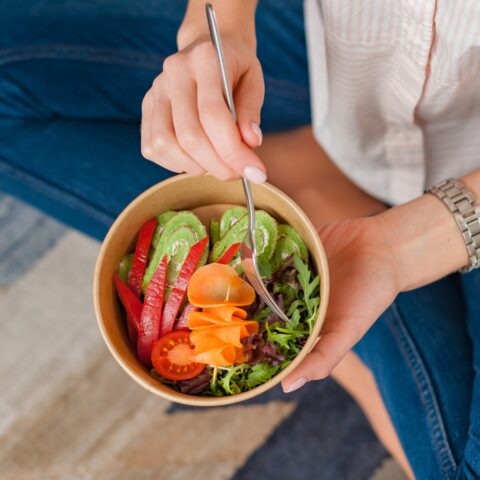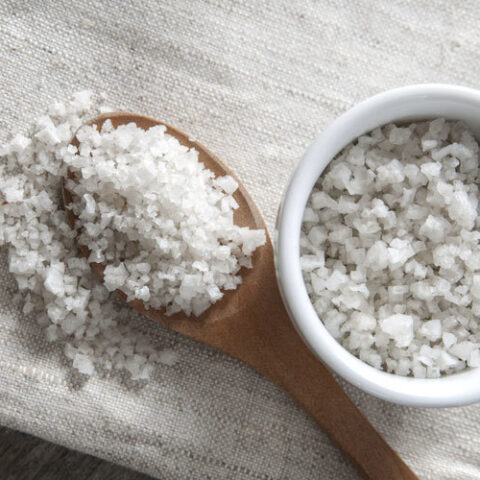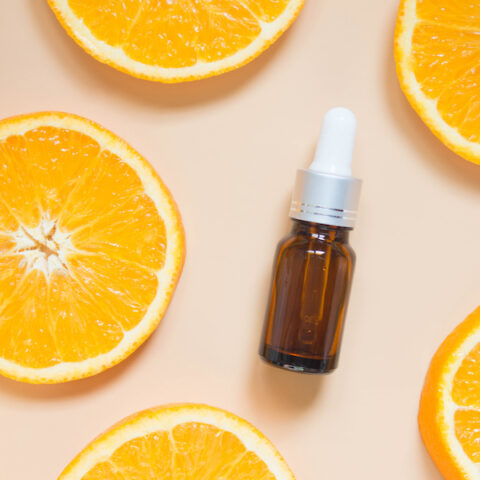The Fatty Acid Composition of Seeds
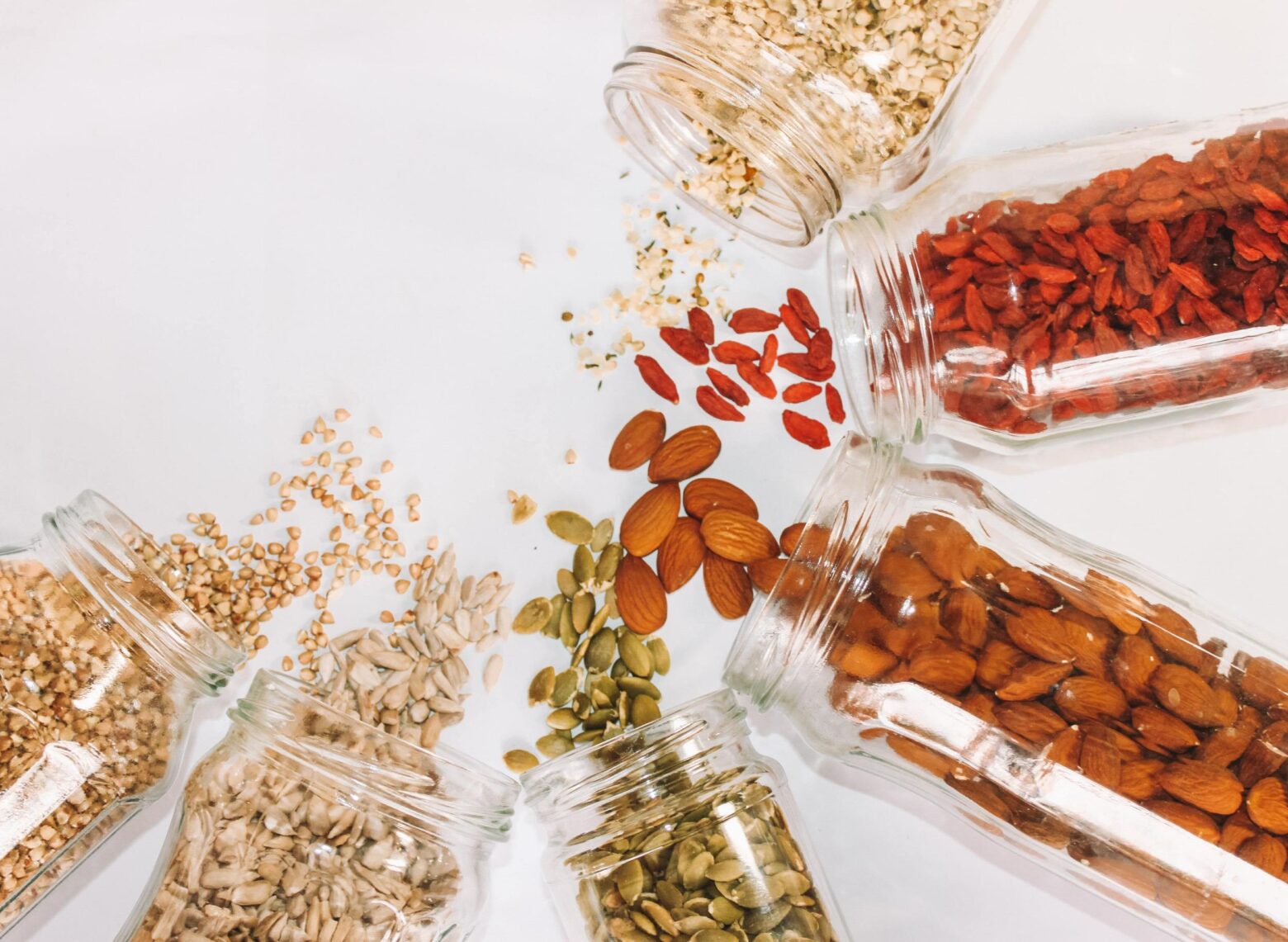
In the following table we list the fatty acid content of most commercially available seeds. You can use these tables to help you make an informed decision in choosing a seed based upon its fatty acid composition. If you are unfamiliar with fatty acid nomenclature and how the different types of fatty acids impact your health please refer to our fatty acid primer.
Flaxseed is an excellent source of the omega 3 fatty acid alpha linolenic acid (ALA).
I do not recommend chia seeds for the following reasons:
I would imagine that many of you have never even heard of chia seeds much less eaten them. Chia seeds are small, oval shaped; either black or white colored and resemble sesame seeds. They are native to southern Mexico and northern Guatemala and were cultivated as a food crop for thousands of years in this region by the Aztecs and other native cultures. Chia seeds can be consumed in a variety of ways including roasting and grinding the seeds into a flour known as Chianpinolli which can then be made into tortillas, tamales, and beverages. The roasted ground seeds are traditionally consumed as gruel called Pinole.
In the past 20 years chia seeds have become an increasingly popular item in co-ops and health food stores primarily because of their high content of the healthful omega 3 fatty acid, alpha linolenic acid (ALA). Chia seeds have also been fed to domestic livestock and chickens to enrich their meat and eggs with omega 3 fats. I can endorse feeding chia seeds to animals, but have serious reservations when it comes to humans eating these seeds as staple foods. The table below shows the entire nutrient profile for a 100 gram serving of chia seeds.
| Nutrient Intake (DRI) | Amount | % Dietary Reference |
|---|---|---|
| Kilocalories | 490 g | 25 |
| Protein | 15.6 g | 31 |
| Carbohydrate | 43.9 g | 15 |
| Fat | 30.8 g | 47 |
| Saturated Fat | 3.2 g | 6 |
| Monounsaturated Fat | 2.9 g | n/a |
| Polyunsaturated Fat | 23.3 g | n/a |
| 18:1 oleic acid | 2.0 g | n/a |
| 18:2n6 linoleic acid | 5.8 g | n/a |
| 18:3n3 alpha linolenic acid | 17.6 g | n/a |
| Fiber | 37.7 g | 151 |
| Vitamin A | 36 IU | 1 |
| Vitamin B1 | 0.87 mg | 58 |
| Vitamin B2 | 0.17 mg | 10 |
| Vitamin B3 | 5.82 mg | 29 |
| Vitamin B6 | 0.69 mg | 35 |
| Vitamin B12 | 0 | 0 |
| Folate | 114 mcg | 29 |
| Pantothenic acid | 0.94 mg | 9 |
| Vitamin C | 15.7 mg | 26 |
| Sodium | 19 mg | 1 |
| Potassium | 100 mg | 5 |
| Phosphorus | 948 |
95 |
| Calcium | 631 mg | 26 |
| Copper | 0.19 mg | 9 |
| Iron | 10 mg | 56 |
| Magnesium | 77 mg | 19 |
| Manganese | 2.17 mg | 108 |
| Zinc | 3.5 mg | 23 |
At least on paper, it would appear that chia seeds are a nutritious food that is not only high in ALA, but also is a good source of protein, fiber, certain B vitamins, calcium, iron, manganese and zinc.
Unfortunately, in the game of human nutrition, the devil is almost always in the details. As is the case with many other plant seeds (e.g., cereal grains, legumes) chia seeds contain numerous antinutrients which reduce their nutritional value. If you look at the table above, notice the high phosphorous concentrations found in chia seeds. This revealing marker tells us that chia seeds are concentrated sources of phytate, an antinutrient that binds many minerals (calcium, iron, zinc, magnesium and copper) thereby making them unavailable for absorption. So, in our bodies, chia seeds actually become inferior sources of all these minerals.
Similarly, the table suggests that chia seeds are good sources of vitamin B6. Unfortunately, in our bodies the utilization this vitamin from plant foods such as chia seeds is quite low, whereas bioavailability of B6 from animal products is quite high approaching 100%.
One of the unusual characteristics of chia seed Pinole or food products comes from a clear mucilaginous gel that surrounds the seeds. This sticky gel forms a barrier which impairs digestion, fat absorption and causes a low protein digestibility. Based upon animal and human studies, it is likely that other antinutrients together with this gel may promote a leaky gut, chronic systemic inflammation and food allergies.
Dr. Nieman and co-workers recently completed a study in humans who consumed 50 grams of chia seeds per day for 12 weeks. At the experiment’s end both men and women experienced increases in a blood inflammatory marker called interleukin 6 (IL-6). After 12 weeks the men’s blood levels of IL-6 increased 10.2 %, and the women’s increased 10.1%. Additionally, another inflammatory marker called monocyte chemotactic protein increased 6.9% in the men and 6.1% in the women. In support of the notion that chia seed consumption may adversely affect the immune system and promote inflammation is a rat study showing that after only one month high chia seed diets increased blood levels of IgE by 112.8 %. Because IgE is a marker for allergenic food proteins that are processed through the gut, chia seeds likely cause a leaky gut and food allergies. As you can see, the nutritional problems with chia seeds involve similar issues as with cereals grains – they simply are second-rate foods compared to meats, fish and fresh fruits and vegetables.
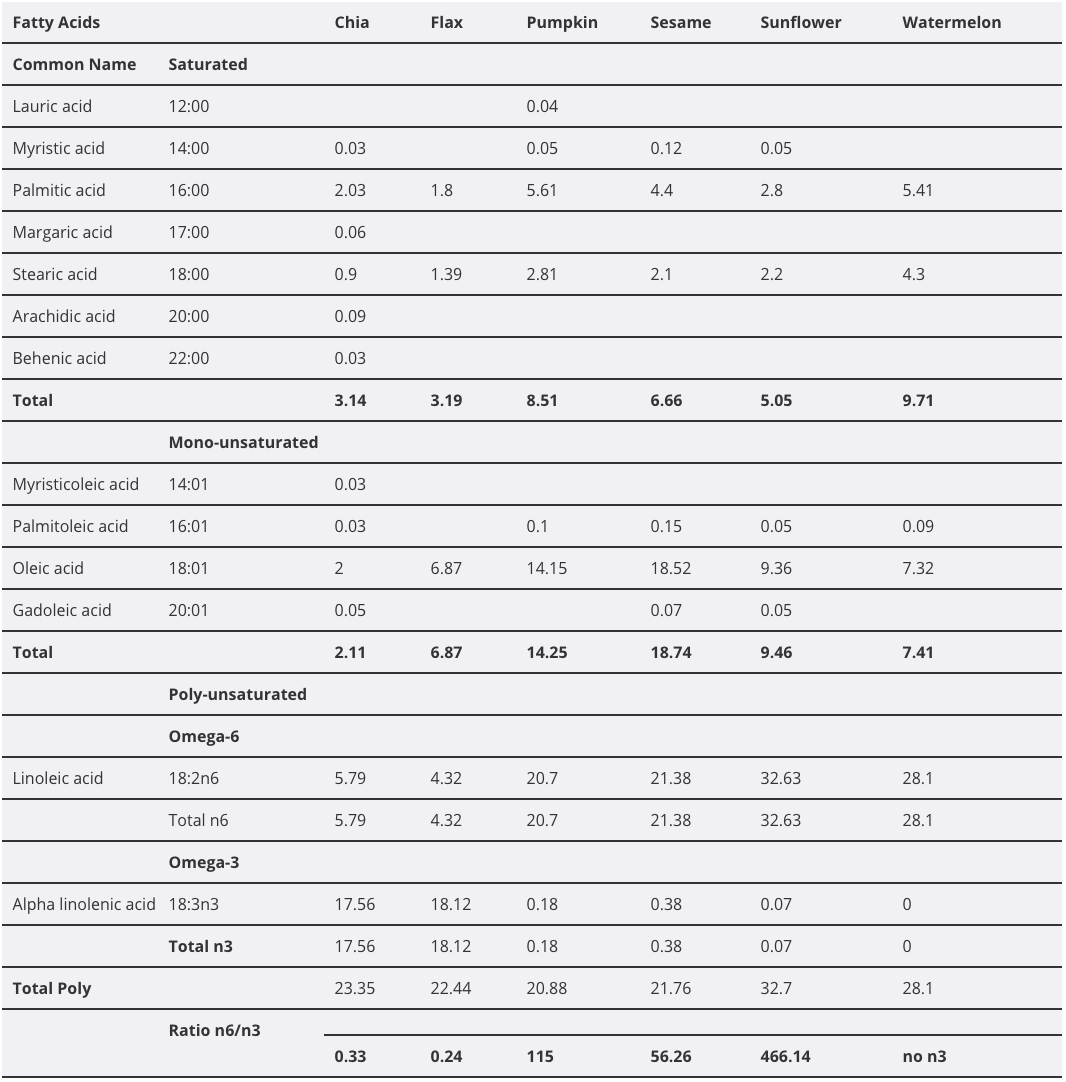
Loren Cordain, Ph.D.
As a professor at Colorado State University, Dr. Loren Cordain developed The Paleo Diet® through decades of research and collaboration with fellow scientists around the world.
More About The Author


